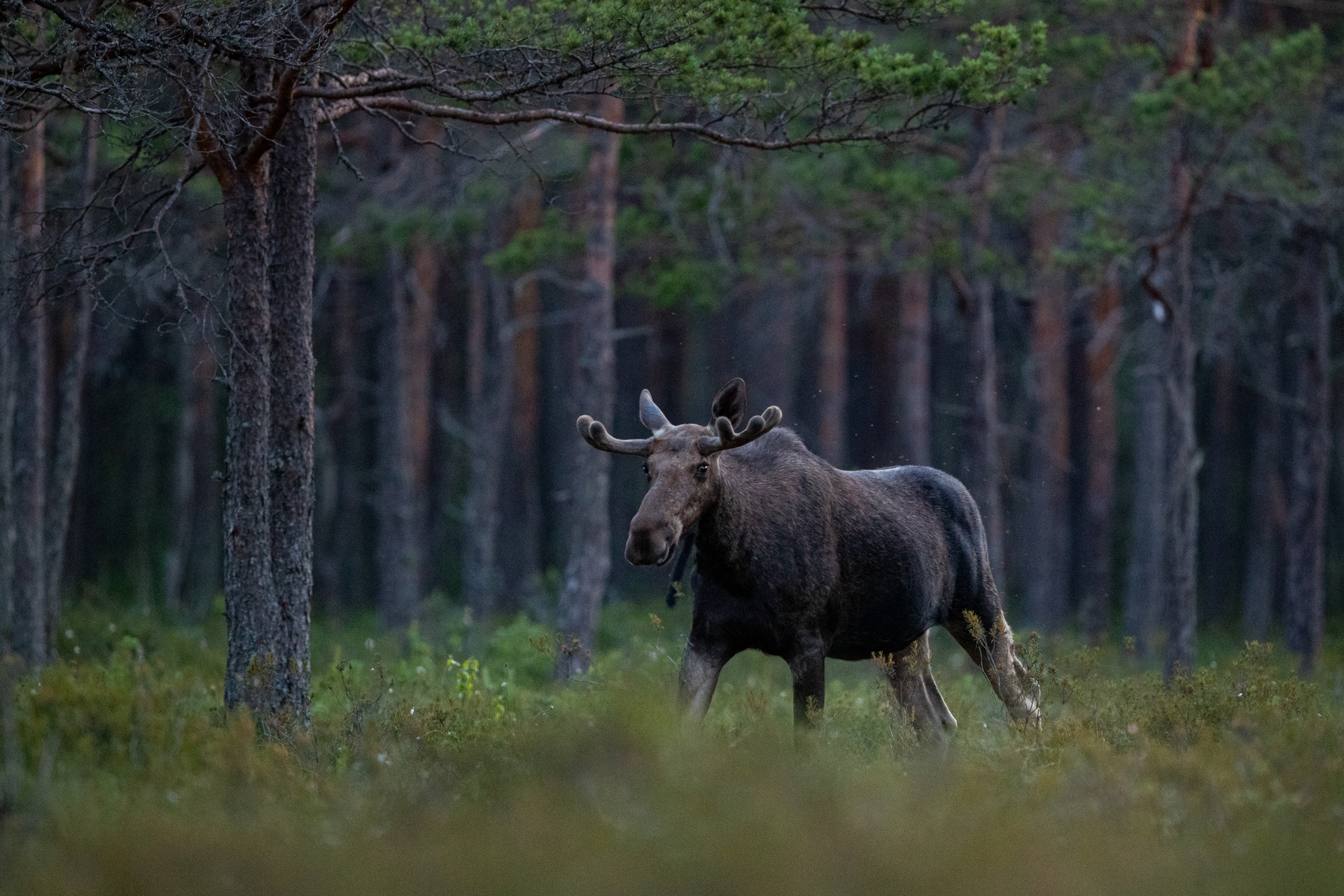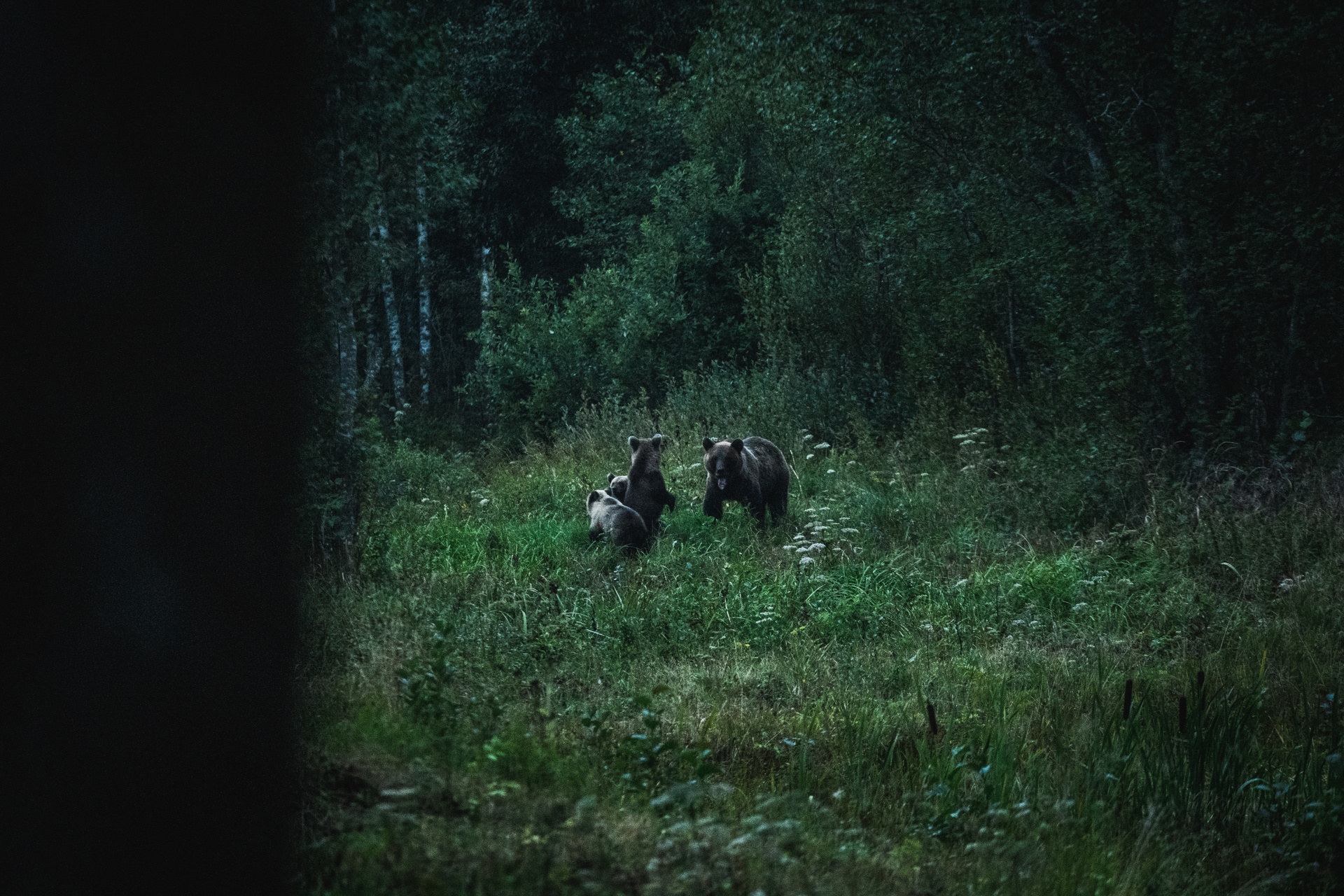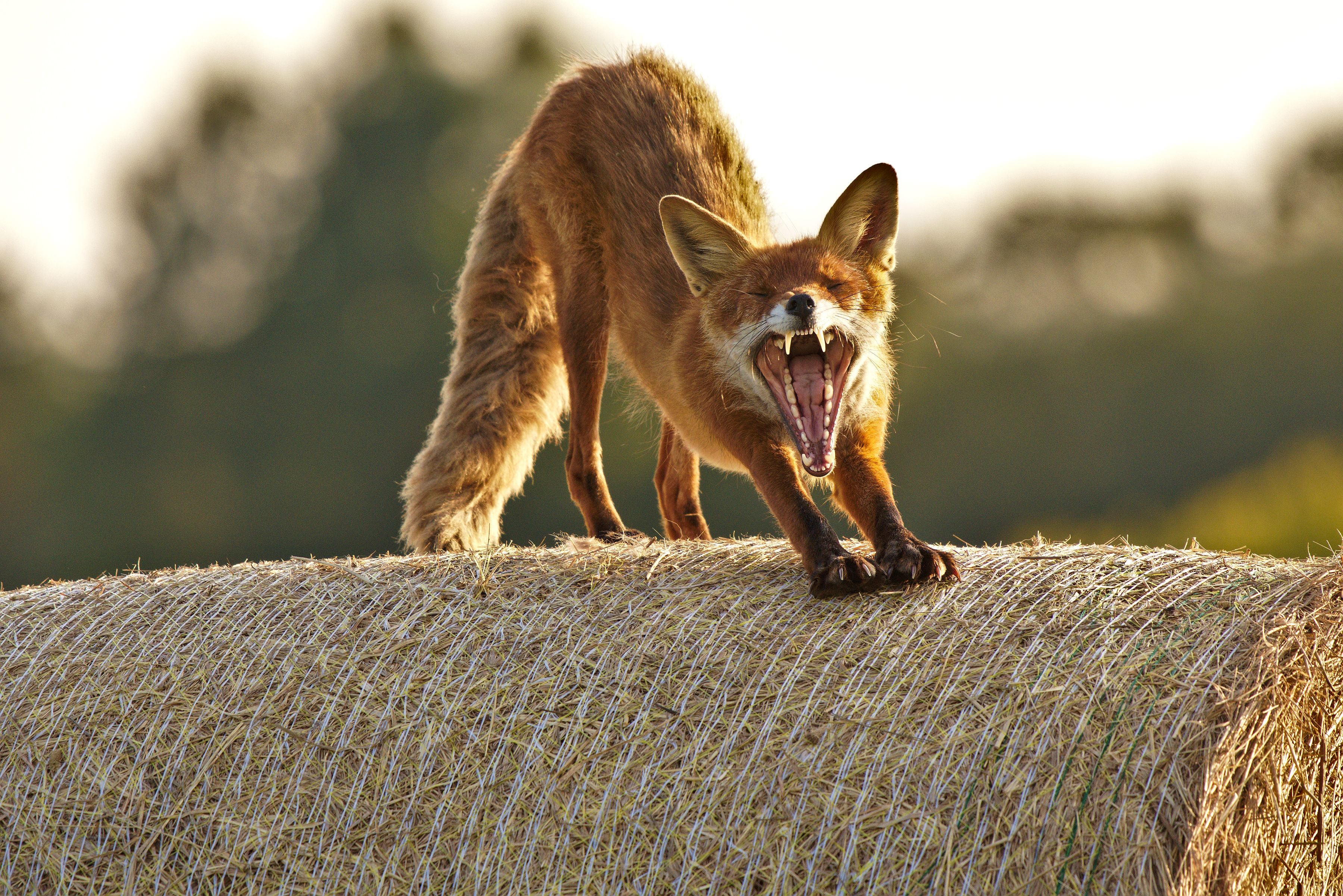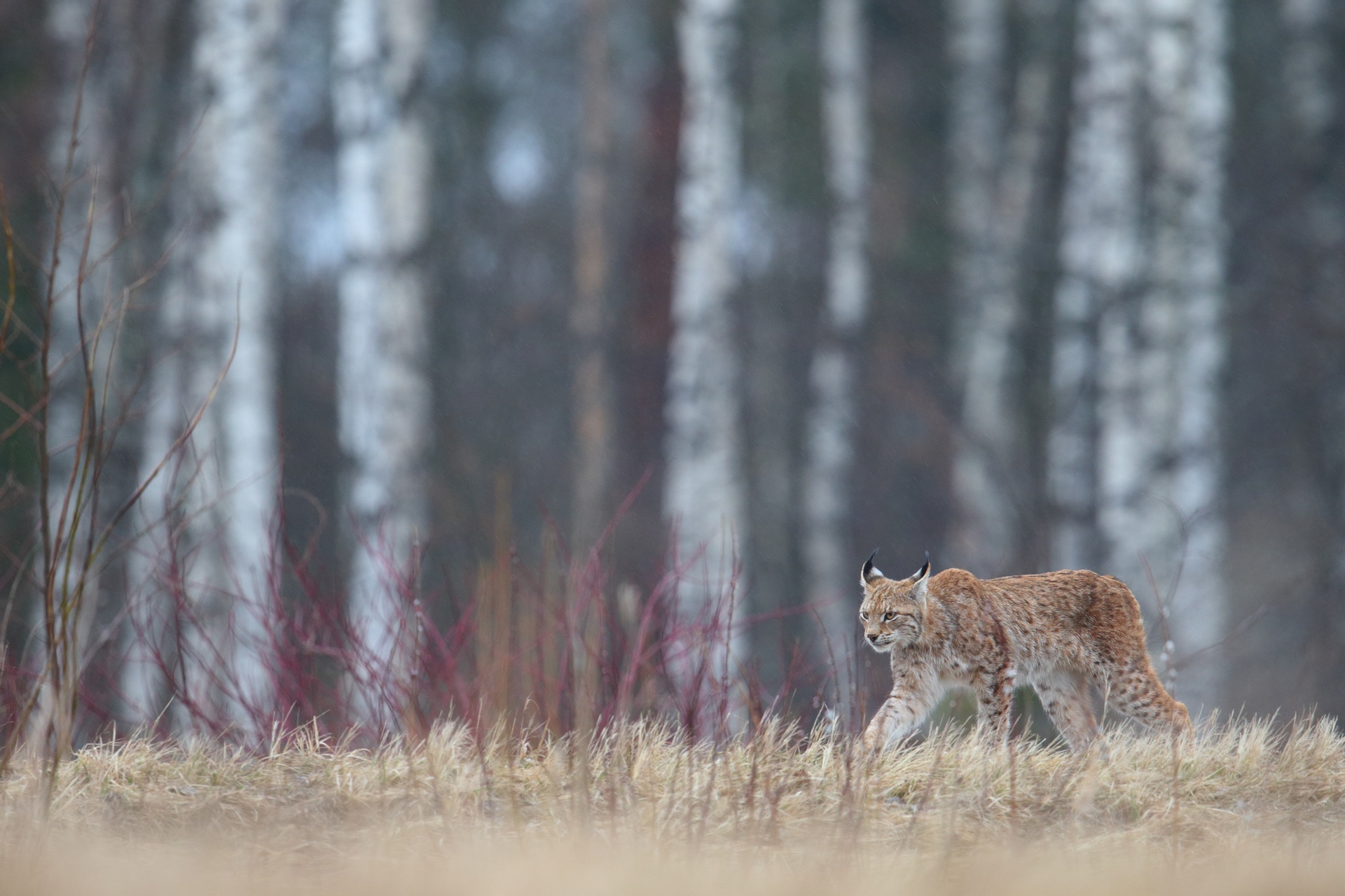
A walk on Estonia's wild side
Bears, lynx, wolves and more — take a closer look at the mammals that call Estonia home. Discover where to see them and when to go wildlife spotting.
Stretch your limbs on Estonia's extensive hiking trails and breathe some of the world's cleanest air.
But keep your eyes peeled — Estonia is a top destination for spotting wildlife that is difficult or even impossible to see in many other European countries.
Estonia is one of Europe's least densely populated countries; over fifty percent of the landscape is covered in forest. There is room for lynx, brown bears, moose, and the national animal, the grey wolf, to thrive. From Estonia's nearly 3,800 kilometers of coastline, you might spot grey and ringed seals or rare seabirds.

The view from a bear hide
Alutaguse National Park in Ida-Viru County is the best place to go bear-watching in Estonia.
A deep connection to the landscape and wildlife
In general, wild animals in Estonia aren't dangerous, except for bears in spring if they are protecting cubs. Although wolves may attack sheep, humans have nothing to fear. The forests provide them with plenty of food, and they stay clear of us.
Despite the occasional conflicts between humans and animals, Estonian mythology and folk stories are often centered around animal characters who give other creatures valuable advice or play tricks on them. Nature and animals are ingrained in everyday Estonian life, from language to passport design.
Estonia even chooses an animal of the year every year. In 2024, it is the Eurasian otter.
Wildlife spotting from the water
The waters north of Tallinn or near Saaremaa and Hiiumaa are home to grey seals and ringed seals.
The best places to see wild animals in Estonia
Lahemaa National Park
Located less than 80 km from Tallinn, Lahemaa National Park is Estonia's largest national park and one of Europe's biggest. The Eurasian lynx lives here, along with moose, brown bears, wolves, red deer, and other rare animals and wild creatures that thrive in forest, bog, and coastal ecosystems.
Northern Kõrvemaa Nature Reserve
Northern Kõrvemaa Nature Reserve is one of Estonia's premier birdwatching destinations where avid birdwatchers can catch glimpses of endangered species like the black stork, the heather cock, and one of the best-known birds of prey in the Northern Hemisphere, the golden eagle. In addition to birds, you can also go bear-watching in Kõrvemaa.
Alutaguse National Park
Most of the park consists of vast bog areas and forested landscapes, making Alutaguse a sanctuary for wild birds and animals. Many mammals, such as the wolf, the Eurasian lynx, and the brown bear, are often on the move. Alutaguse is also home to the only flying squirrel species in Europe.
Soomaa National Park
Criss-crossed by wetlands and rivers, Soomaa is only accessible by kayak or canoe during certain parts of the year. It is a great place to see beavers, moose, wild boar, brown bear, grey wolf, and Eurasian lynx.
When is the best time to go wildlife spotting in Estonia?
Spring
In spring, western Estonia becomes a popular birdwatching destination, attracting binocular-equipped visitors from around the world. The season begins in March. The spring migration usually peaks in May and winds down by mid-June.
Bears awake from their winter hibernation are on the move, ranging far and wide as they seek out food to replenish the pounds lost during their long sleep. It's possible to see them, but autumn is usually easier as they tend to stay in one spot longer. Early springtime is mating season for lynx, meaning they are also on the move.
Summer
Summer transforms Estonia into a lush summer paradise with long white nights. These are the perfect months for hiking, camping, canoeing, kayaking, and swimming. Seal-watching trips are a big draw, but don't forget a coat — it can get chilly out at sea, even in the summer. Beavers are also easier to see during the summer.
On the one hand, dense vegetation makes wildlife spotting more difficult in the summer, but on the other, long white nights give visitors even more time and daylight to seek out animals. Flying squirrels are nocturnal, but there's a chance to see them in the summer as they come out before it's completely dark. Lynx kits are also active while they learn to hunt. You might even spot moose cows with calves in a meadow.

Source: Allar Liiv, Visit Saaremaa
Autumn
Berry picking in bogs and bear-spotting tours are top attractions in autumn. Bogs are Estonia's oldest organic landscapes, with some reaching up to 10,000 years of age. Their colors and those of the forests are as beautiful as their furry inhabitants.
The best time for bear watching in autumn is from mid-August to the end of October. It's also a good time to spot lynx. September to early October is the rutting season for moose and red deer; if you're lucky, you might see these mighty mammals in action.
Winter
Winter's snow carpets provide an ideal setting for animal tracking, rendering the wildlife that lives in Estonia's forests far more noticeable. Even when viewed from a distance, the majestic moose is a sight to behold against the white backdrop of the frosty season.
Wolves are wary creatures and very difficult to spot in Estonia. Yet wintertime is the best season to try, as less foliage means better visibility, and the snow makes them easier to track. If you're lucky, you just might hear them howl in the frosty night.

Source: Remo Savisaar
Wildlife watching tours in Estonia
You might find traces and tracks of animals while out hiking. Increase your chances of an up-close encounter with Estonian wildlife on a guided tour.
Last updated
13.05.2024

